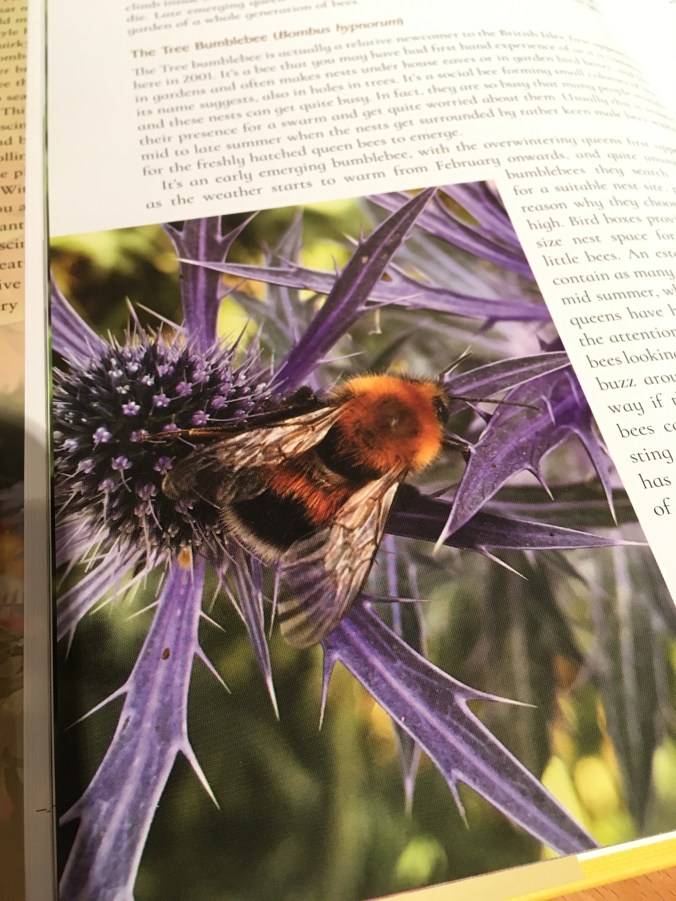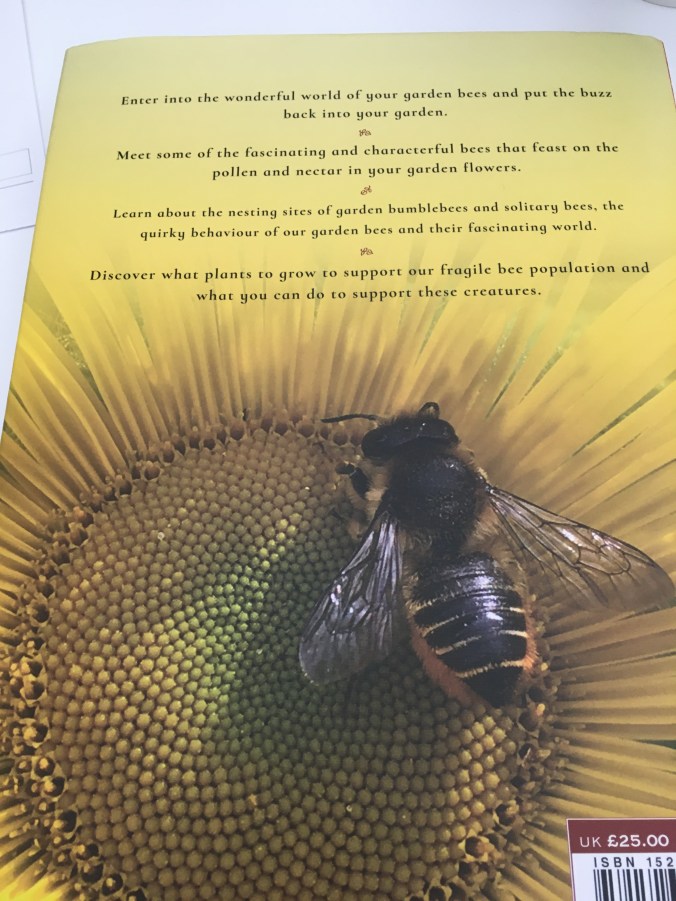
On BBC Radio Leicester, I talk about my garden, what I’m growing, and try to answer listeners’ phone-in and text queries.
Local radio is helping me find food and supplies whilst I’m in lockdown at home and cannot get out. This week I heard about a catering company delivering fresh food boxes around Leicestershire. I’ve given up attempting to get a delivery slot with supermarkets. Instead I’m going to support small companies, farm shops and cafes which are trying to keep their businesses going by adapting to current needs.
I’ve compiled a list of sources of help and advice you might need -to get you through the corona virus crisis. The BBC’s motto at the moment is #BBCMakeADifference. Here’s the people I think are making a difference right now. And I am mostly focusing on the gardening world. Please add anything you feel might be helpful, in the comments below and I’ll update this list and repost it. Please keep checking back for additions.
THE NATIONAL GARDEN SCHEME
We are unable to get out to visit gardens, but we can still view them on the computer and help charities. It’s good to look at something cheerful at the moment.
The NGS raises money for Marie Curie and Macmillan Nurses, among others, and stands to lose 90 percent of its income this year, with all gardens closed for the foreseeable future. Nurses are needed more than ever, so this is a disaster for the famous much-loved Yellow Book charity. I’ve joined the county team to help them publicise on-line events this year.
What they are doing: posting you tube videos of gardens and asking supporters to make a small donation via the just giving pages.
Links: https://www.justgiving.com/fundraising/leicestershire-nationalgardenscheme?fbclid=IwAR0UW5cYh126xhGQIVD-fQv8W8ER37KIpe95RkZJh8bXODYuUcBTC4TSihM
CANDIDE APP HELPS NURSERIES
How to obtain plants for our gardens through the corona lockdown:
With the closure of garden centres and other retail outlets, sales of ornamental plants are being badly hit. Growers are seeing orders cancelled and staff are being laid off. Some growers say they will go out of business. The Horticulture Trade Association (HTA) is calling on the government to offer general and financial support. Meanwhile, in an effort to support smaller nurseries who currently don’t sell on line, social media app Candide is listing nurseries and creating an interactive map which will take you to nursery websites. Candide has 300,000 members.
http://candide.gardening.com
Rosy Hardy from Hardy’s Cottage Garden Plants is helping nurseries with advice on sustainable packaging and hints and tips on selling mail order and on line.
http://www.hardysplants.co.uk/
Alan E Down is presenting online Candide Garden Club Talks starting on Tuesday April 7 at 6pm -7pm. There will be ‘what to do in the garden’ tips and a question and answer session on Zoom app. This talk will be free.
https://zoom.us/meeting/register/tjQtcuusrzkq1bwnEZ03ag-djA51Yjmw
BLOGGERS OFFERING GARDEN AND GROWING ADVICE
ALISON LEVEY is showing videos of her garden with a link to a just giving page, in aid of the NGS :
https://www.blackberrygarden.co.uk/
30 DAYS OF WILD PARENTING is suggesting ways we can all engage with nature at this stressful time. Feeding the birds and learning more about them is one idea on the blog.
https://30daysofwildparenting.wordpress.com/
THE THREE GROWBAGS, three sisters with a #DigYourOwnaForCorona daily posts on gardening and how to create a veg patch. A light-hearted guide to lift your spirits during this worrying time:
https://the3growbags.com/
SALLY WICKS is writing an on-line diary about her gardening life. She is keen for us all to grow flowers this summer to fill our windowsills with colour and joy. Lots of expert help and advice on all aspects of growing.
http://www.sallywicks.com
GARDEN NINJA provides you tube guides for people who are self isolating. Gardening tips for any level of skill for any size space. Explains the theory and shows practical elements of gardening.
https://www.youtube.com/channel/UCuhMHrXyf2bvga2Mq0DJvwQ
GROWING FAMILY is a website packed full of ideas and resources for gardening with children. Lots of ideas to get the whole family out there growing fruit, vegetables and flowers. Craft activities, and projects for all ages.
http://www.growingfamily.co.uk
MIKE PALMER uses Facebook and Instagram live to share his garden and to answer questions on improving your garden and on planting and garden design ideas.
http://www.mike-palmer.com
@mikepalmer01 on instagram
LIFE ON PIG ROW Working with AGENTS OF FIELD to show you what you can grow, cook and eat. #whydontyou hashtag. Asking people to share favourite recipes, hobbies, crafts and skills. It’s all about finding the positives at home and in the garden right now.
https://lifeonpigrow.blogspot.com/
TAMSIN WESTHORPE Has published a free, down-loadable daily wall planner for children called ’30 Days of Fun in the Garden This April’ in conjunction with Orphans Publishing. It offers affordable ideas suitable for windowsill gardening. You don’t need any special skills or equipment. A boon for any parent with children at home at the moment.
https://www.orphanspublishing.co.uk/30-days-of-fun-in-the-garden-this-april/
ANN–MARIE POWELL is providing a garden design show at lunchtimes, live on instagram @myrealgarden. There’s also a Facebook page where you can ask advice. And a blog post listing nurseries supplying gardening plants and materials.
http://www.ann-mariepowell.com/
LEICESTERSHIRE NURSERIES DELIVERING PLANTS OR MAIL ORDER
This is obviously an ever-changing situation according to demand and government advice.
Brooklea Nursery, Rothley : 07599 515689
Goscote Nursery, Cossington: 01509 812 121
Six Acre Nursery, Costock. See website for details.
This page will be updated daily. Please let me know if you’d like anything adding which you think might be helpful.
Thank you for listening in to the gardening shows on BBC Radio Leicester. It’s not the easiest situation at the moment with me on the phone in the potting shed – separated from the team. But I’m cheerfully carrying on, and hope that you are finding the advice helpful at the moment.
Radio Leicester is on your smart speaker, DAB and 104.9FM and on BBC Sounds to listen again. https://www.google.com/search?q=bbc%20radio%20leicester
VIRTUAL TOUR -BRADGATE PARK, LEICESTERSHIRE
A much-loved parkland in our county. Home of Lady Jane Grey, the ‘nine days queen.’ Jane was the great grand daughter of Henry Vll through his younger daughter Mary. She was queen from 10 July to 19 July 1553. She died in the Tower of London 12 February 1554. Here’s a virtual tour though the park created in response to the covid crisis.
http://sfm.lboro.ac.uk/bradtour2/












































































